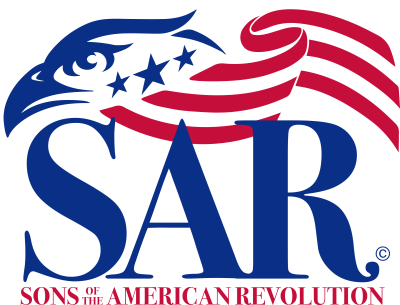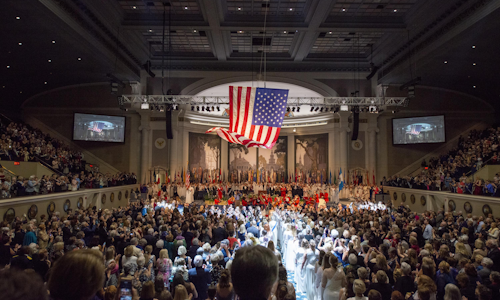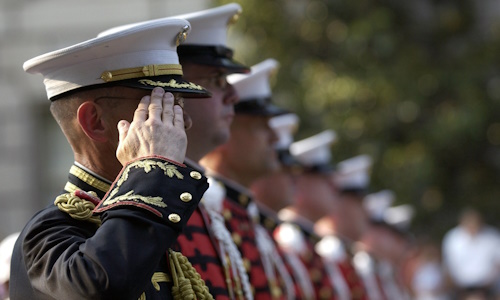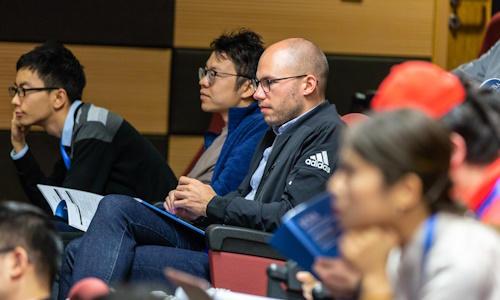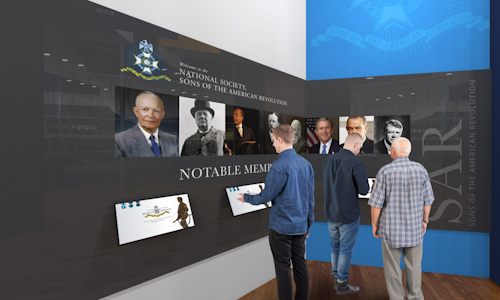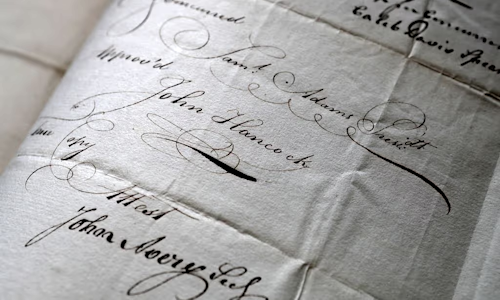WelcomeWelcome to the Massachusetts Society of Sons of the American Revolution, a hereditary society formed in 1889 to honor and perpetuate the ideals, courage and sacrifice of our ancestors who served in the cause for freedom through the American Revolution. We serve our communities to inspire future generations about the founding principles of our Country. |
Join usWe are part of the largest male lineage organization in the United States with over 37,000 members in over 550 chapters representing all 50 states as well as several international societies. We are a living, breathing, and ever-evolving state society that invites Americans to connect to their personal past and civic history. |
Calendar
Select a topic to discover more about us, or search the hundreds of pages on our site.
